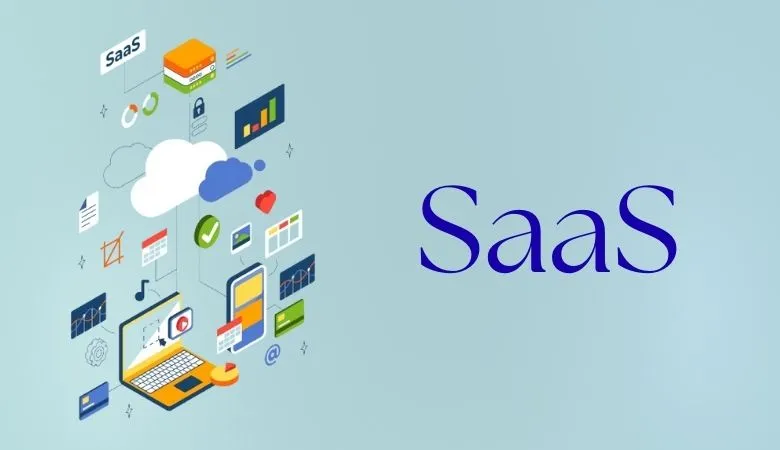When More Isn’t Better: Untangling Product Challenges in Scaling SaaS

Feature Creep Feels Productive — Until It Isn’t
It usually starts with good intentions. A few churned customers mention missing features. A big prospect wants a specific integration before signing. Internally, someone suggests that adding X will “really open up the mid-market.”
Before long, the product backlog becomes a graveyard of disconnected ideas — each one justified, none of them strategic. This is how feature creep sneaks in. It’s not that the product team isn’t working hard — they’re often working too hard, building fast but without a clear filter for what actually serves the core promise of the product.
Ironically, piling on more features can make the product harder to use, not more valuable. Complexity increases. Onboarding becomes confusing. The UI feels bloated. And worst of all, you dilute the very value that brought early customers in the door.
Focus isn’t about saying no to everything — it’s about having the clarity and discipline to say yes to the right things.
Feedback Is Everywhere — but Insight Isn’t
SaaS companies sit on a mountain of feedback. Sales calls. Support tickets. Churn surveys. Slack channels. NPS scores. But having access to feedback doesn’t mean it’s being used well.
Often, product teams operate in a vacuum. Not intentionally, but structurally. They’re moving fast, engineering is overloaded, and syncing regularly with sales or CS just isn’t built into the rhythm. So decisions get made based on the loudest voice, not the clearest signal.

What’s missing isn’t more feedback — it’s structured feedback loops. Systems that consistently surface real pain points, not just feature requests. Processes that synthesize trends across departments and align them to product strategy, rather than letting each team pull in different directions.
Your support team hears what frustrates users. Sales hears what excites them. CS knows why they stay or go. When those insights aren’t flowing into product planning in a usable way, you end up guessing what matters most.
Shipping Delays Are Growth Killers in Disguise
You can have the right idea at the right time — but if it takes six months to ship, the window may be gone.
SaaS companies dealing with slow release cycles often blame bandwidth. And sure, engineering constraints are real. But many delays stem from misalignment upstream. Vague specs. Shifting priorities. Lack of shared understanding between product, design, and engineering. Everyone’s busy — but not always moving toward the same outcome.
It’s not just about how fast your team can code. It’s about how clearly problems are defined, how decisions are made, and how often scope creeps mid-build.
And from a business perspective, the cost isn’t just technical debt — it’s opportunity cost. If a feature that could unlock expansion revenue or reduce churn is stuck in development limbo, growth suffers silently.
Why Strategic Alignment Matters More Than Output
At scale, speed without alignment leads to chaos. High output doesn’t mean much if you’re building the wrong things — or building for the wrong customer.
That’s why strong product strategy isn’t just a roadmap. It’s a company-wide conversation. What are we solving for? Who are we solving it for? And how will we know if it’s working?
This is where smart outside perspectives can help. A solid marketing agency for SaaS often brings insight not just into demand gen, but into how positioning and product intersect. They see what messages are landing (or not), what features drive conversion, and what gaps in the product story are slowing down the funnel. That kind of intel, when looped back into product, shortens cycles and sharpens focus.
Every New Feature Should Earn Its Way In
Not all growth blockers are due to what’s missing. Sometimes, the problem is what’s already in the product. Features that no one uses. Settings no one understands. Legacy elements that complicate the codebase but can’t be killed without internal debate.
One of the most valuable exercises a SaaS company can do isn’t building something new — it’s auditing what they already have. What’s being used? What drives real adoption? What makes customers stick around?
And what can be quietly removed, sunset, or folded into something cleaner?
Final Thought: Growth Lives in the Product, But Only When It’s Focused
Product is a growth engine — but only when it’s fueled by clarity, not chaos.
The best SaaS teams don’t just build fast. They build with purpose. They align across departments. They listen carefully, but act selectively. They understand that success isn’t about how many features get launched — it’s about whether the right ones get used.
You don’t have to outbuild the competition. You just have to out-focus them.
